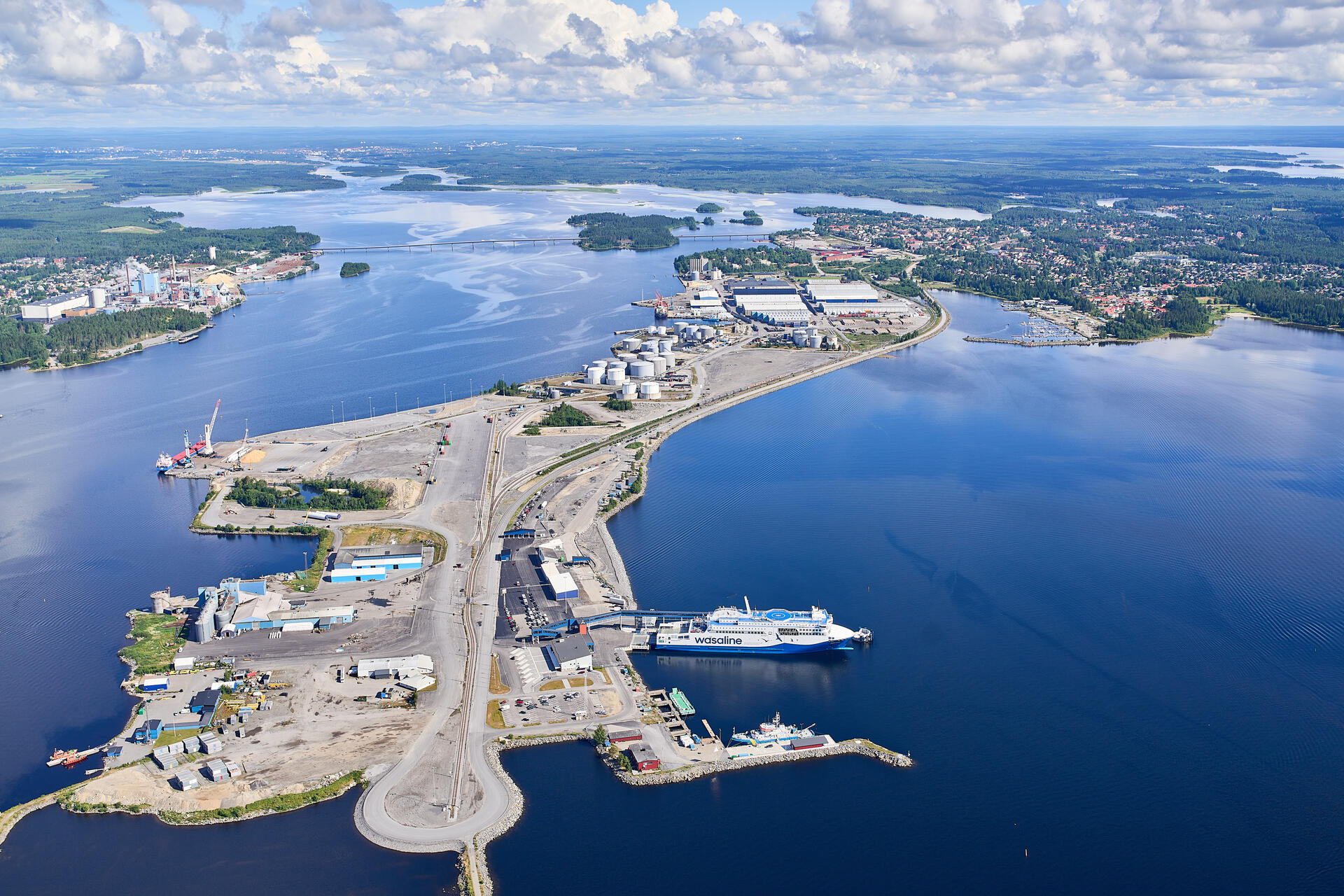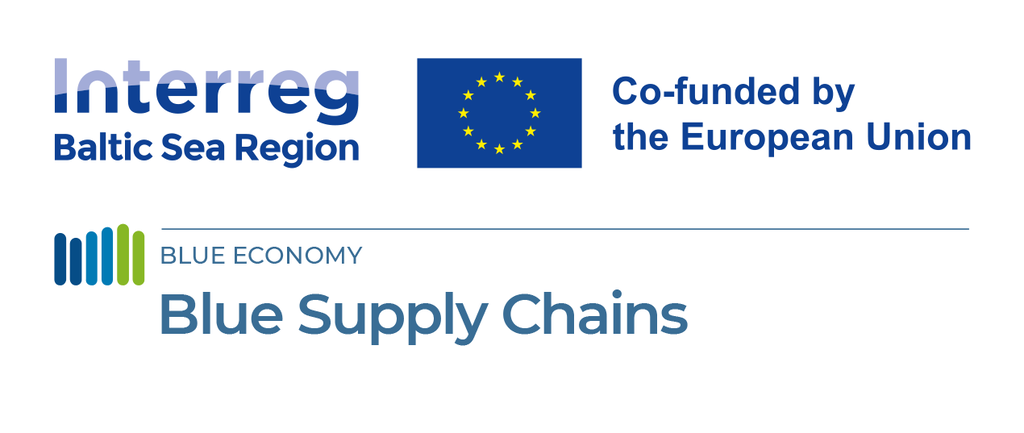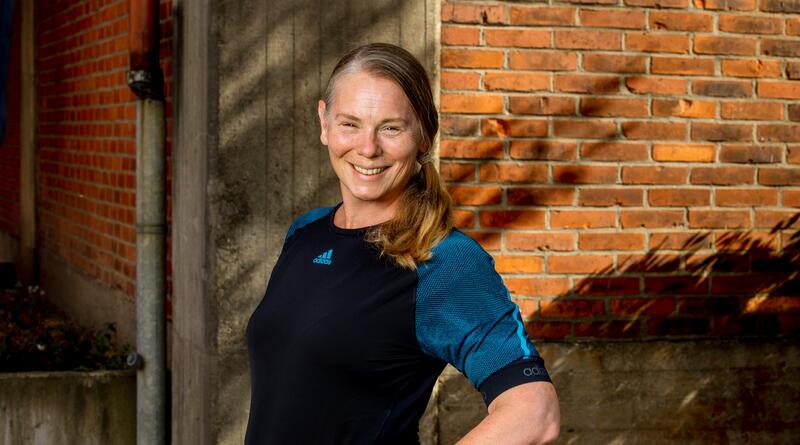Blue Supply Chains

Shipping is facing major challenges to reduce the need for fossil fuels. The transition that we see in other industries, especially in road transport, also needs to take place in the maritime sector.
By utilizing the potential of inland shipping, short-sea shipping and rail transport, the solutions within Blue supply chains must create the conditions for fossil-independent freight transport in the Baltic Sea region. To achieve this goal, intensified work is required from ports and transport operators.
Blue Supply Chains aims to reduce carbon dioxide emissions in two ways:
- Support the shift from road transport to more energy-efficient transport by rail and sea
- Improving the balance of carbon dioxide emissions between rail and waterborne transport through the implementation of new technologies and fuels
The initiative behind Blue Supply Chains is a broad consortium consisting of actors around the Baltic Sea who all have a desire to develop fossil-free maritime transport and integrations with land transport via efficient port terminals. The project is managed in its entirety by Hafen Hamburg Marketing and is financed via the EU's Interreg Baltic Sea Region.
The Swedish consortium consists of IVL Svenska Miljöinstitutet, Umeå Kommun, Umeå Energi, Umeå Hamn and Kvarken Ports. The project is led by CLOSER. Trafikverket, Sjöfartsverket and Inab assist the above partners with knowledge and expertise.

The Umeå case - a yardstick for switching to fossil-free maritime transport
The Swedish consortium will focus on the possibility of offering fossil-free bunkering fuels in Swedish ports and carry out a feasibility study that supports the transition to renewable solutions for specific cases.
Within Blue Supply Chains, how a future energy distribution system for ships can be designed based on ship type, trade patterns, connections to ports and connection to land-based transport infrastructure and energy systems is investigated. In addition, possibilities for local fuel production and distribution will be investigated.
The focus will be placed on hydrogen, which lacks infrastructure for bunkering in ports today. There is great interest among ports and shipping companies in new solutions that enable the transition to fossil-free fuels. Today, there are opportunities for ship bunkering only in larger ports that use bunkering ships. In the north of Sweden, there are limited bunkering facilities and tank trucks are mainly used for distribution. Available fuels include fossil fuels in the form of HFO, MDO and LNG which require large import volumes of oil and gas. Very limited volumes of HVO are available in some ports but are mainly used for small vessels. Sweden has approximately 70,000 ship calls per year, which contributes to high emissions. Approximately 40 TWh of fossil fuels are bunkered by ships in Sweden annually (Energymyndigheten, 2020, Energy situation 2020). With Sweden's lofty ambition to become the world's first fossil-free welfare state, reducing greenhouse gas emissions in the transport sector is a priority issue. In addition to fuel switching, alternative marine fuels, e.g. hydrogen and electricity, which are produced locally, reduce the need for transport of fossil fuels and reduce emissions. However, new fuels probably require bunkering more often than today, which places new demands on a future energy distribution system.
The Swedish consortium focuses on two parts
- A knowledge-building study that examines the current and future situation for ship bunkering in Sweden and identifies what is missing, related to loading/bunkering of fossil-free fuels and local fuel production
- A case study that aims to prepare for the introduction of green hydrogen as a maritime fuel in the Umeå region
Want to know more about Blue Supply Chains?

